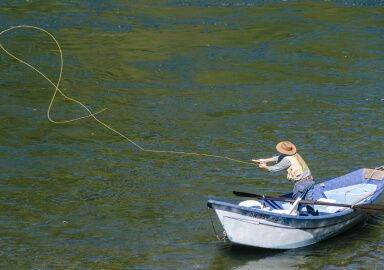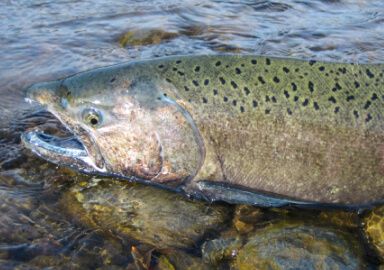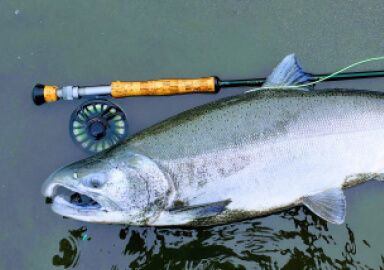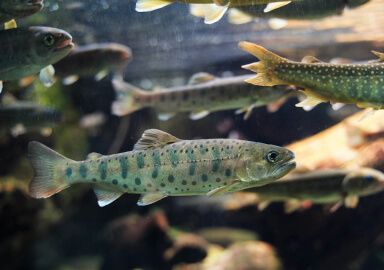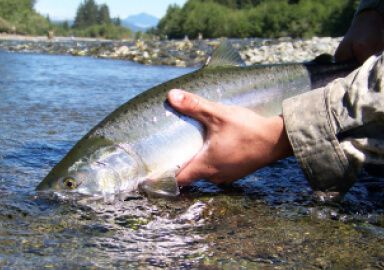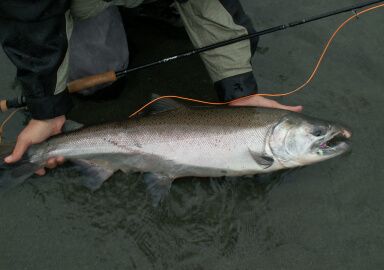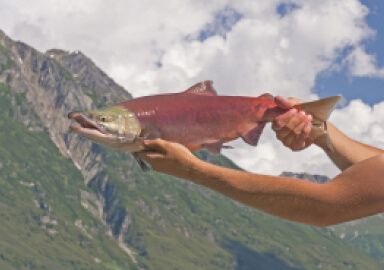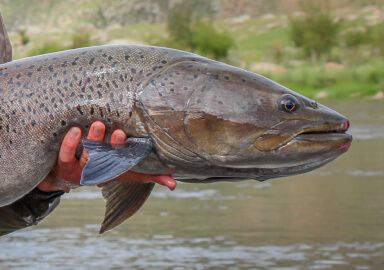Chum Salmon
The chum salmon is the most underrated of all the Pacific salmon. They are not as sought-after by anglers as other types of salmon, but these strong, aggressive fish put up a long, hard fight when hooked.
View 17 listings
17
listings
–
price starting from
2
countries
Where and When?
Chum salmon are found on both the east and west sides of the northern Pacific. In the west they range from the Okhotsk and Bering seas south to Japan, where they are a highly valued commercial food source. In North America, they spawn in coastal rivers from Oregon north to Alaska. In Alaska they are among the first salmon to spawn, entering rivers in June and July, and in other regions, such as Oregon and Washington, they are the last of the Pacific salmon to spawn, moving into freshwater in October and November. Chum salmon tend to spawn in small- to medium-size rivers, and they stick to deeper channels where they are less vulnerable to predation by bears.
About Chum Salmon
Chum salmon are the second-largest species of Pacific salmon, after the chinook. Sometimes called dog, calico, or keta salmon, chum salmon grow to 35 to 45 inches in length and weigh, on average, eight to 15 pounds, although they can get larger. In their saltwater phase, these fish have faint calico bands on their bodies and a white mouth with a white gumline. When they enter rivers to spawn, they develop pronounced, vertical red-and-black calico bands on their sides, and the males exhibit large, fang-like teeth. Some say the nickname “dog salmon” comes from these canine-like teeth, but others believe it comes from the long standard practice of feeding these fish to dogsled teams in Alaska. Chum salmon spend the least amount of time in freshwater of all the Pacific salmon, and many anglers believe that their largely saltwater lifestyle is what makes them especially aggressive fighters.
How to Catch?
Chum salmon can be caught with a variety of methods. Dead-drifting bait with the current is a common technique, but often results in foul-hooked fish. The most common method for catching chums in saltwater is bytrolling with spinners, spoons, or bait. Once the salmon enter rivers, they can be caught by float fishing, shore fishing or wading with either spinning or fly fishinggear. Brightly colored spoons or jigs, and sinking flies in hot pink or purple, are popular choices for catching chums. Plunking, or anchoring a stationary bait rig to the bottom with a sinker, also works well if the rig is placed in a channel where the fish are holding.




